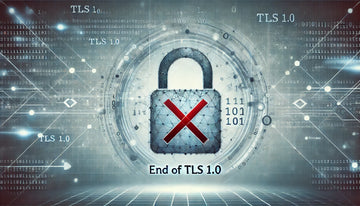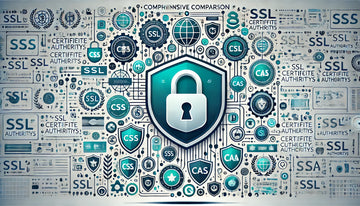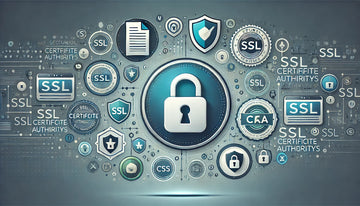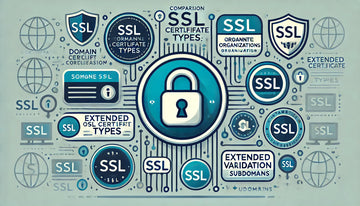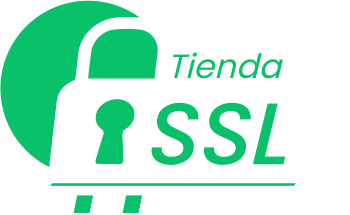Distance education has become an integral part of academic life today. However, this learning modality is not without challenges, especially with regard to online security and data protection. In this article, we will examine the security challenges facing distance education and how educational institutions can ensure data security and student privacy in this digital environment.
Security Challenges in Distance Education
- Student Privacy: The collection of students' personal data, such as names, email addresses and attendance records, raises concerns about privacy and protection of this data.
- Cybersecurity: Cyberattacks, such as phishing and malware, can compromise student accounts and security of online learning management systems (LMS).
- Unauthorized Access: Ensuring that only authorized students have access to course materials and evaluations is a constant challenge.
- Academic Integrity: The temptation to cheat on online exams and evaluations is a problem that institutions need to address.
- Content Protection: Course materials, lectures and other online educational resources can be illegally hacked or shared.
How to Ensure Online Security in Distance Education
- Privacy Policy: Educational institutions should establish clear privacy policies that explain how students' data is collected, used and protected. Students should give their consent to data collection.
- Cybersecurity training: Students and education staff should be trained in cybersecurity to recognize and avoid cyber threats.
- Two Factors (2FA) Authentication: Implementation of 2FA on online systems can help ensure that only authorized users have access to educational resources.
- Online Platform Monitoring: Institutions must constantly monitor online learning platforms to detect suspicious activity and ensure the integrity of assessments.
- Antiplain Tools : Use antiplagiarism tools to detect plagiarism in online work and exams.
- Data Encryption: All data, from student records to online communications, must be encrypted to protect confidentiality.
Examples of Technology Solutions for Distance Education Security
- LMS Insurance: Use secure learning management systems that are up-to-date and have strong security measures.
- Plagiarism Detection Software: Tools such as Turnitin and Copyscape can help detect plagiarism in work and testing.
- VPN (Virtual Private Network): VPNs can protect students' connection and ensure that their data is secure when accessing online resources.
- Firewalls and Antivirus: Ensure that all computers used for remote education have up-to-date firewall and antivirus software.
- Multifactor Authentication (MFA): Implement MFA to ensure that only authorized students have access to online accounts and materials.
Standard Compliance in Distance Education
Educational institutions must comply with regulations such as the General Data Protection Regulations (GDPR) and the Distance Education Act in many countries. This includes protecting students' privacy and reporting any data breaches.
Conclusion
Distance education offers invaluable flexibility, but also presents unique safety challenges. Ensuring the privacy and safety of students online is paramount. Educational institutions must take proactive measures, from cybersecurity training to the implementation of secure technologies and clear privacy policies. Only through these combined efforts can a safe and effective distance education environment for all be achieved.








